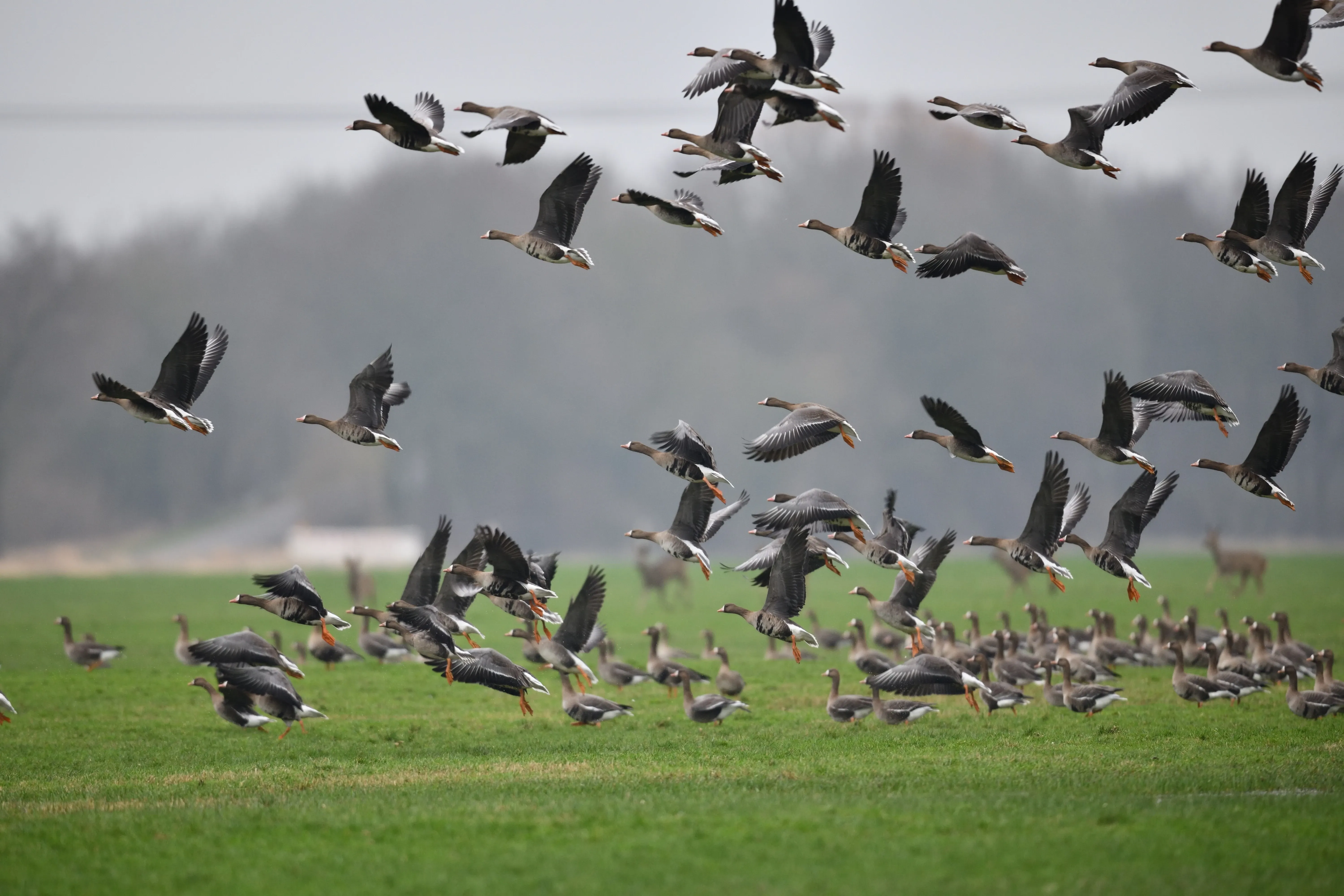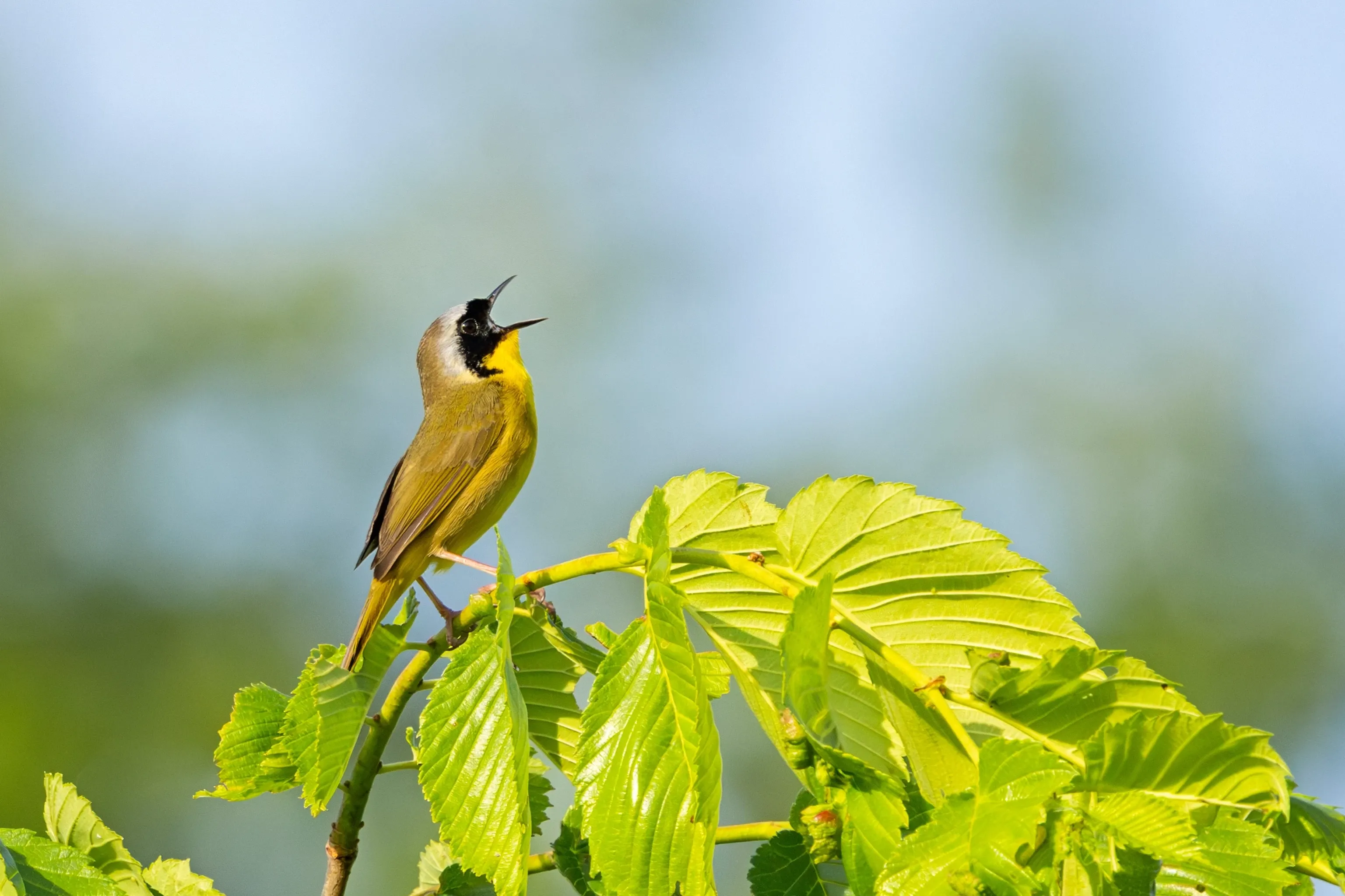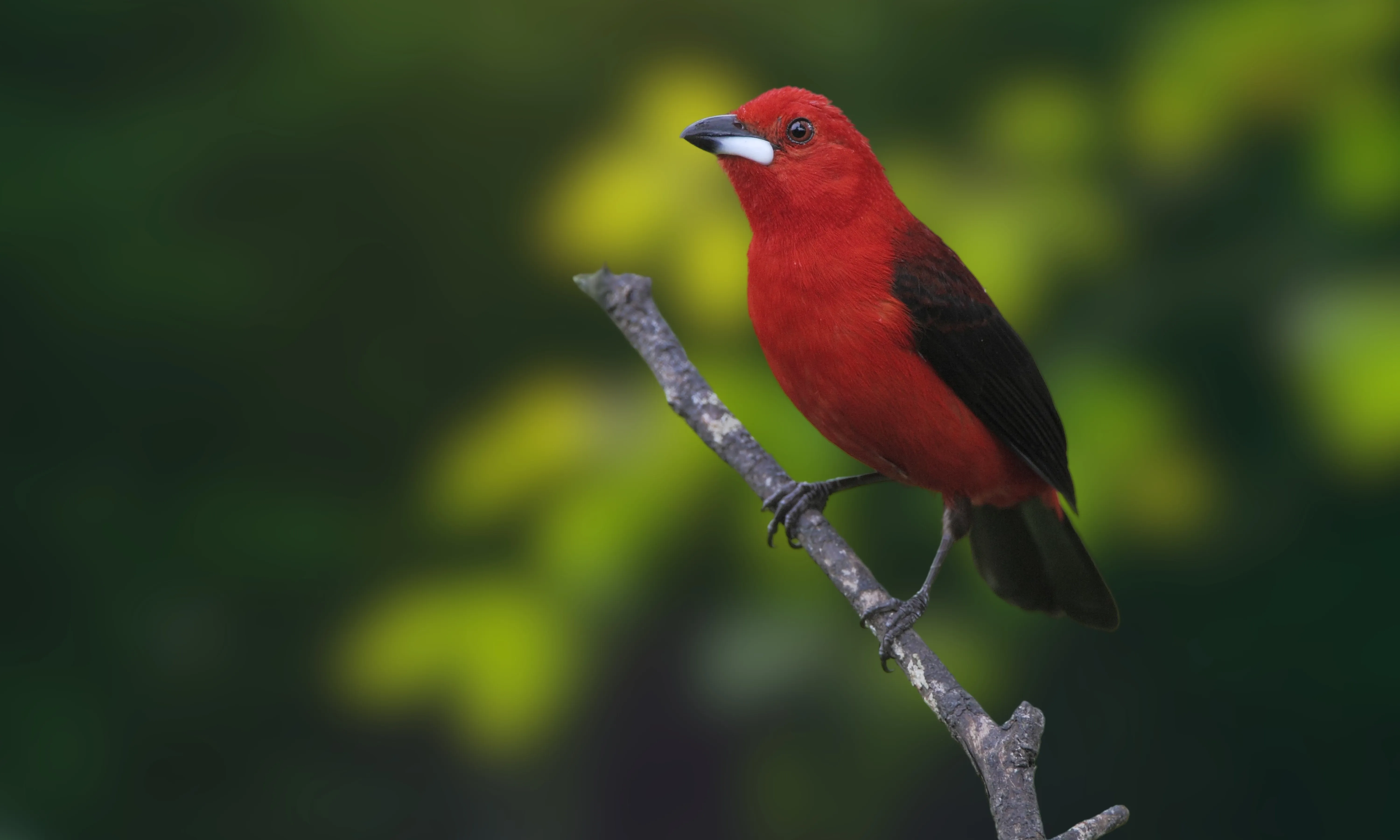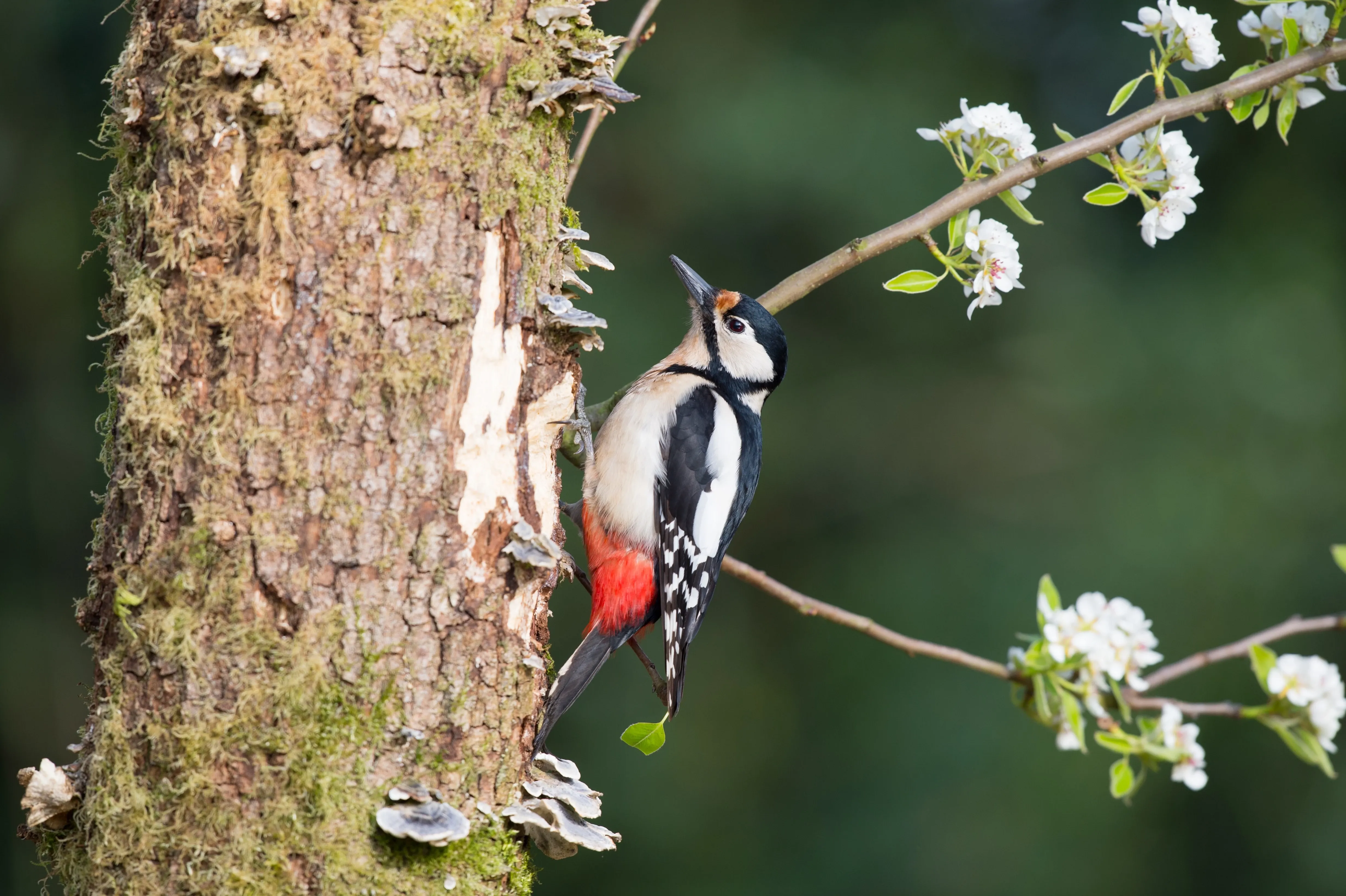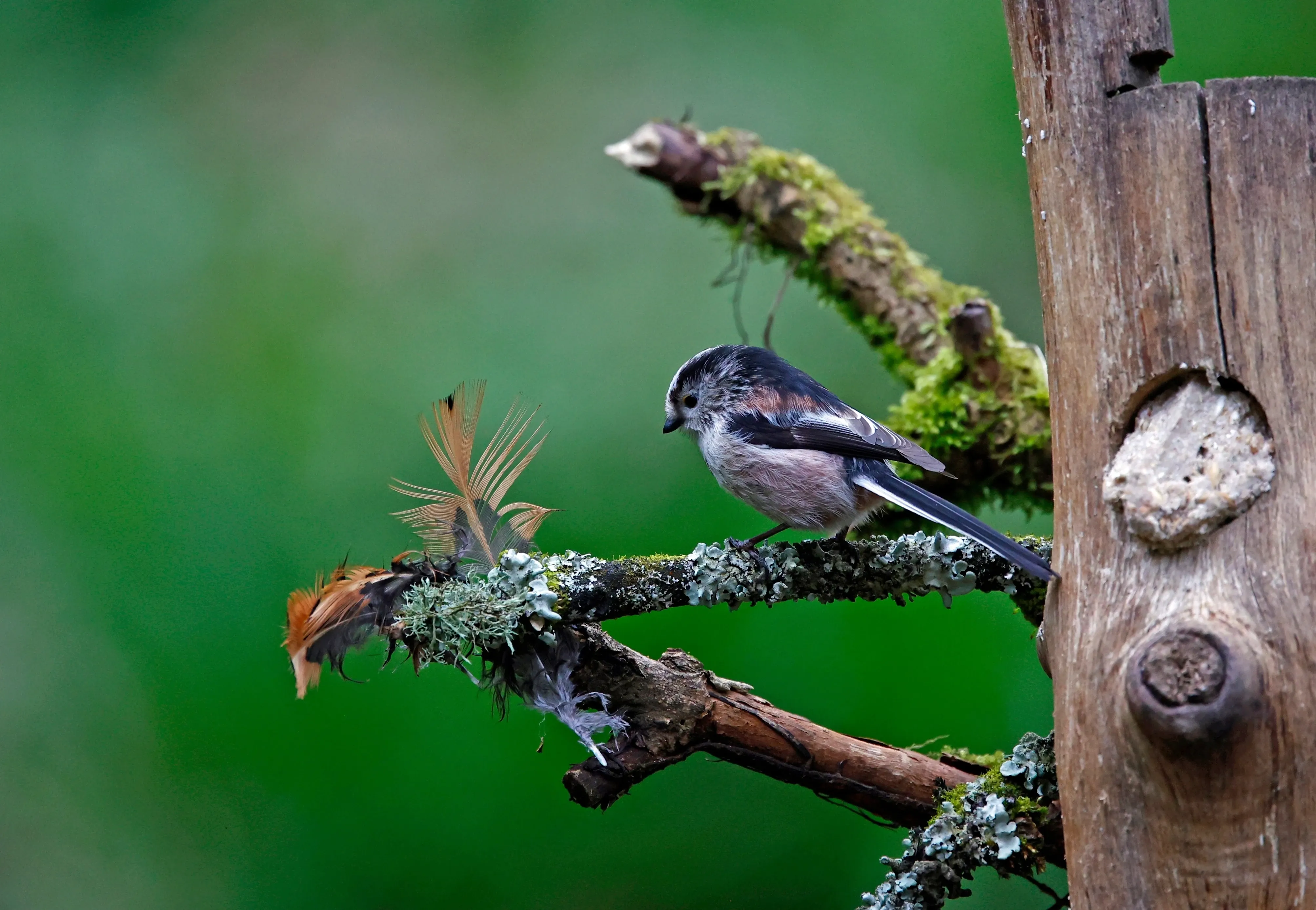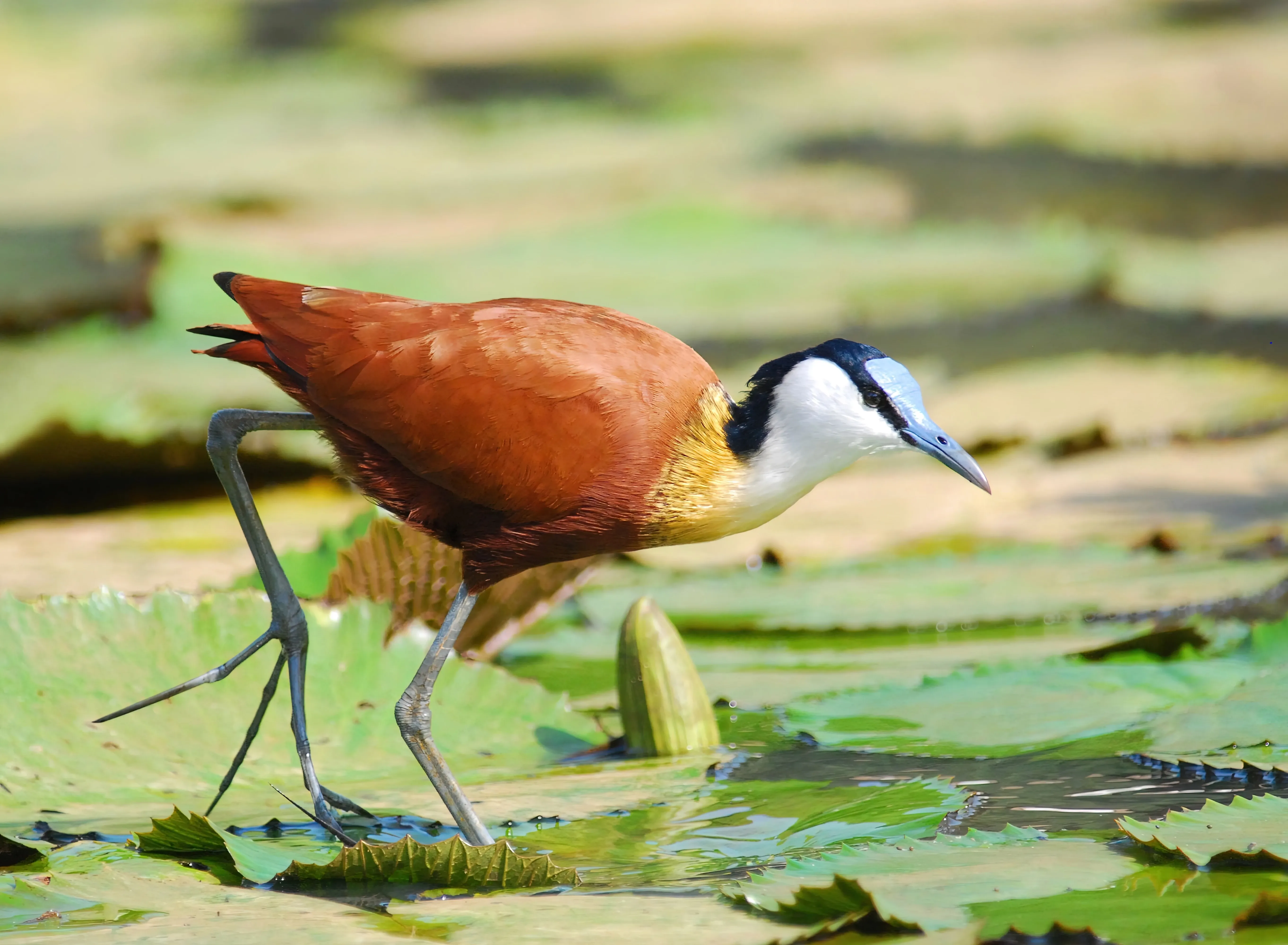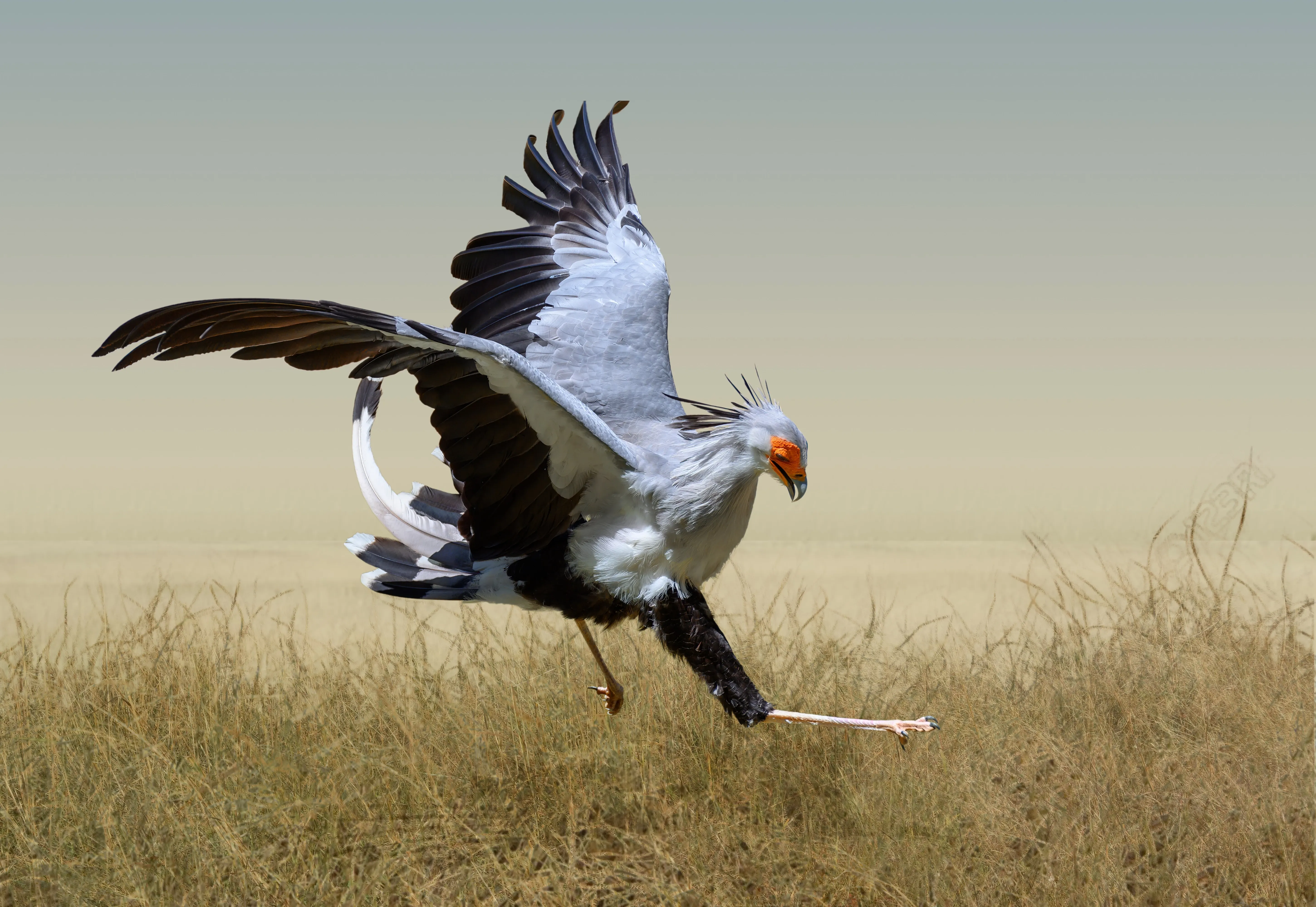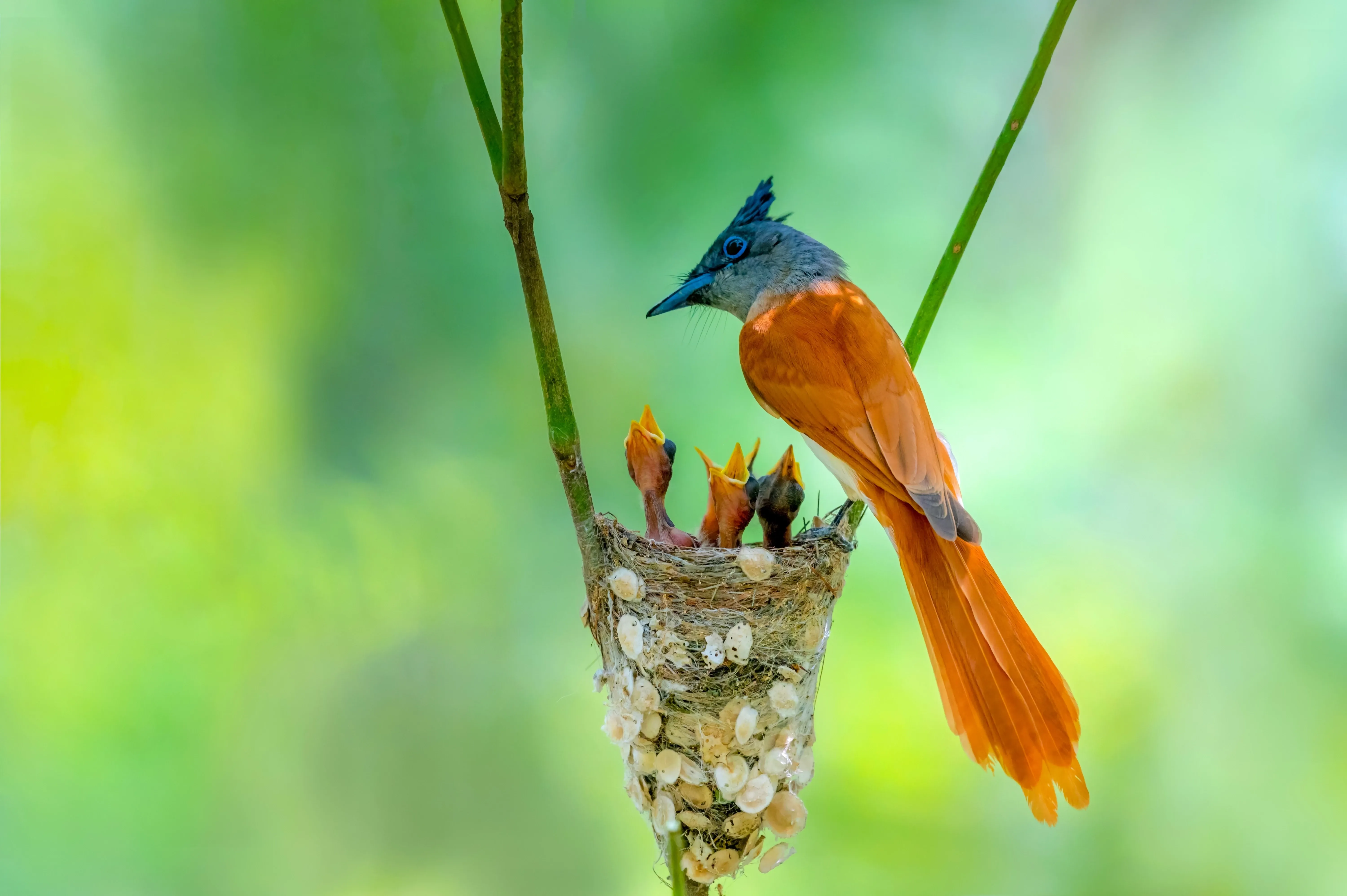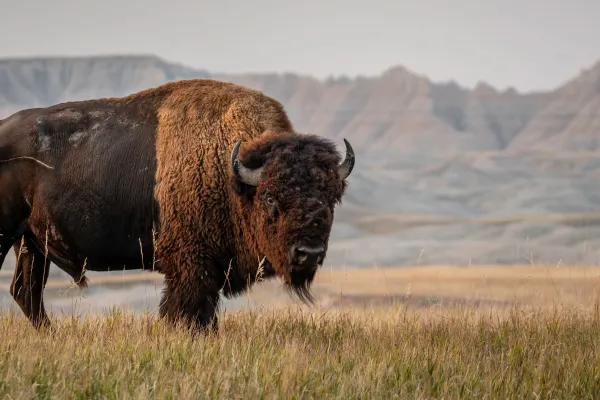Birding 101: The beginner's guide to birdwatching
Imagine sitting in a quiet place in nature, surrounded by fresh greenery and the chirping of birds. With a little patience and a trained eye, you will soon be able to experience the colourful hustle and bustle of these feathered friends up close.
This is the third instalment in a series of five articles about birds and birdwatching. The series began by laying the groundwork for understanding birds in general before delving deeper into what makes them so special physiologically.
Here we will be looking at why it is worth spending time watching them in their natural habitat and how to do that, before delving into an ecological view of birds and their role and importance in maintaining and sustaining a healthy environment. The series concludes with an overview of the marvel of bird migration. With a little patience and a lot of luck, hopefully the wonderful world of birds opens up to you with just as much colour and intrigue as the little critters themselves.
Birdwatching is a fun and rewarding hobby that allows people to enjoy the beauty and diversity of birds in their natural habitats. With the right tools, techniques, and knowledge, anyone can become a successful birdwatcher and discover the joy of observing these amazing creatures. Not only will you learn more about the birds themselves, but through birdwatching, your connection to and understanding of the natural world as a whole will improve dramatically.
Tips for getting started with Birding 101
If you're new to birdwatching, there are a few key tips that can help you get started on the right foot.
To get started with birdwatching, beginner's don't need any expensive equipment—just a pair of binoculars and a field guide to help you identify the different species of birds you may see. As a newbie, you don't need the most expensive gadgets; basic but good-quality items are enough to get started.
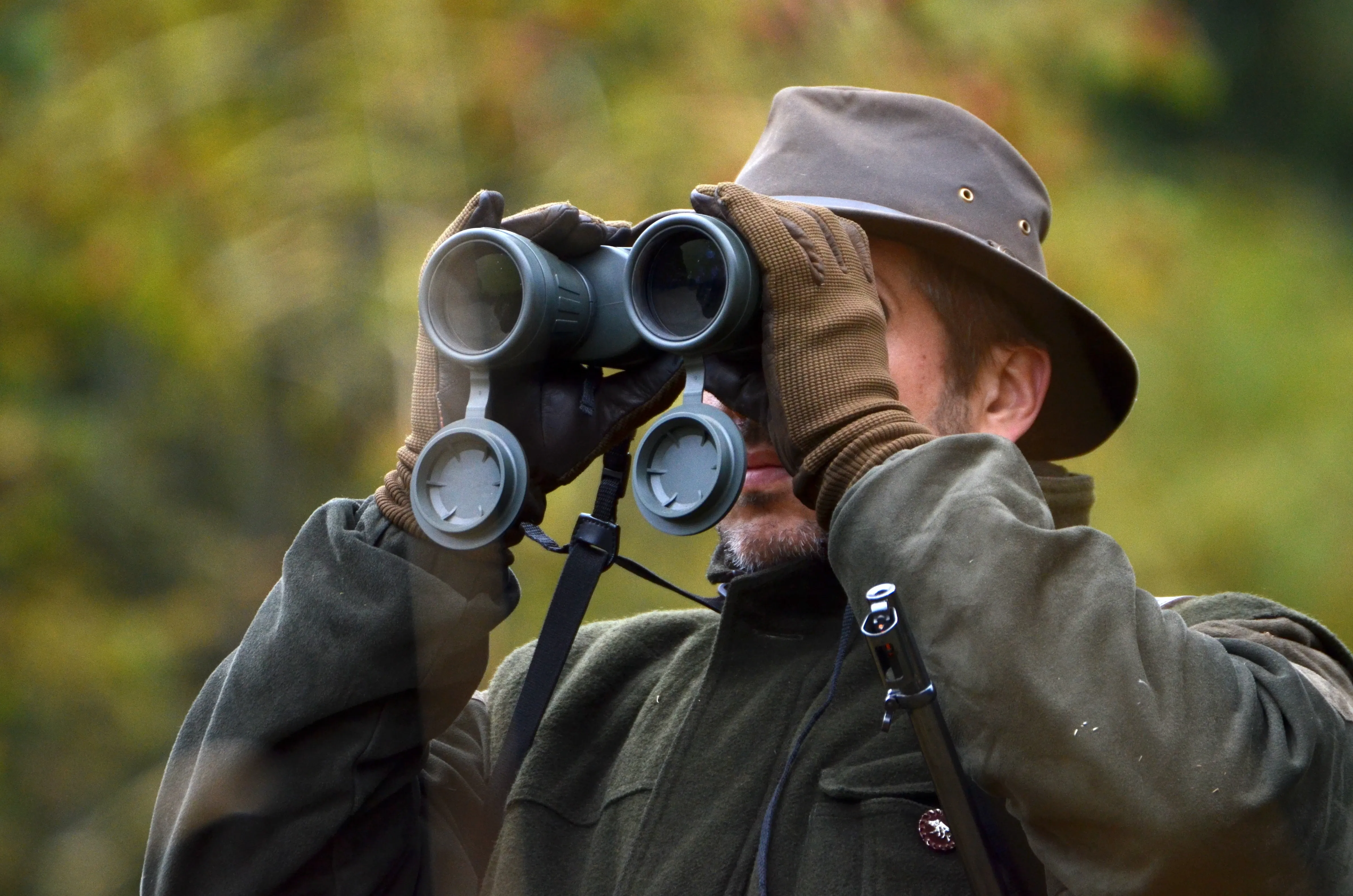
Of course, as you get more into birdwatching, there are a few other tools and pieces of equipment that can make the sport more enjoyable and effective.
A birding app or checklist can help you keep track of the birds you see and provide additional information about the birds and their habitats. A spotting scope is great for zooming up close to birds further away, and a birding journal or notebook is useful for recording your observations and keep track of your sightings. Finally, a bird feeder or bird bath can be used to attract birds to your backyard and provide opportunities for close-up observation.
There is really no absolute right or wrong way to birdwatch. As long as you are respectful of other birders, the environment you are in, and the birds themselves, it is simply a matter of enjoying yourself. It is worth starting off without putting any pressure on yourself to actually identify the birds you see. Rather, begin by just spotting them, noticing different species, and improving your situational awareness. It is more valuable to watch the pretty black and yellow bird zip around the bush than to fret over trying to figure out what species of tit it is. That will come in time.
Techniques for observing and identifying birds
Once you're out in the field, there are a few key techniques that can help you observe and identify birds more effectively.
First, use your binoculars to get a good view of the bird. This isn’t as easy as it sounds. Take some time to practice using and getting comfortable with your binoculars. Quickly finding your target in the lens and steadily following it as it flutters about or soars across the sky takes skill and practice.
There are many different methods you can use to identify birds, depending on the resources you have available to you and the specific bird you are trying to identify. Here are a few tips to help you get started:
- Start by observing the bird's physical characteristics, such as its size, shape, colour, and markings. This can help you narrow down the possibilities and find potential matches in field guides or bird apps.
- Pay attention to the bird's habitat and behaviour. This can provide important clues about its identity. For example, a bird that is often seen near water is likely to be a waterbird, while a bird that zips quickly from branch to branch is likely to be a passerine (perching) bird.
- Listen to the bird's song or call. Many birds have distinctive songs or calls that can help you identify them, even if you can't see them. You can use a field guide or bird app to help you learn the common songs and calls of the birds in your area.
- Take a photo of the bird. This can help you remember the details of the bird's appearance and make it easier to find a match. You can later look through your photos and try to identify the trickier birds you saw.
- Finally, use a field guide or an app's bird-identifying key. This takes a bit of practice and a fair amount of patience to begin with, but you will soon get the hang of it.
With time and practice, you can use these methods to learn to tell the difference between many different birds.
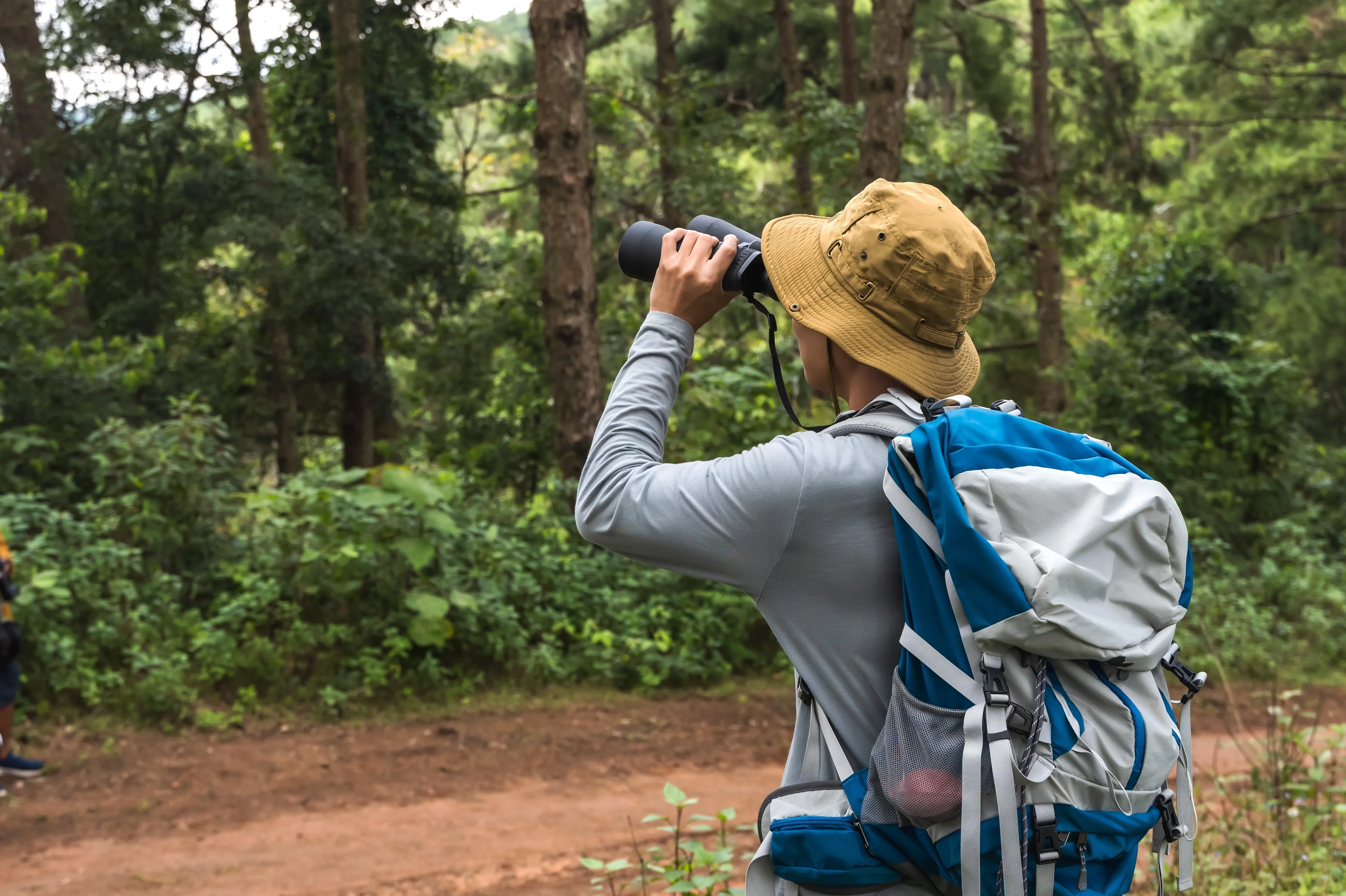
Focus on specific habitats and species
Different habitats support different types of birds, so understanding the habitats and the birds that live in them can be a valuable tool for birdwatchers. Here is a simple, brief overview of some common habitats and the types of birds you might find in each:
Forests: Forests are characterised by a predominance of taller trees. Some common birds that can be found here include warblers, sparrows, thrushes, and woodpeckers. Forest birds have developed strong legs and feet for perching and climbing, sharp bills for pecking at insects, and good camouflage to help them hide from predators.
Wetlands: Wetlands are characterised by shallow water and marshy vegetation. Some common birds that can be found in wetlands include ducks, geese, herons, and egrets. The birds found here have adapted to life in the wetland by developing webbed feet for swimming and walking on soft ground, long bills for probing in the water, and waterproof feathers for insulation and buoyancy.
Grasslands: Grasslands are characterised by grasses and other low-growing vegetation. Some common birds that can be found in grasslands include finches, sparrows, meadowlarks, and quails. Many of these birds have adapted to life in the grassland by developing sharp bills and claws for digging and scratching, strong legs and feet for running and jumping, and good camouflage to help them hide from predators.
Urban areas: Urban areas are characterised by buildings, roads, and other human-made structures. Some common birds that can be found in urban areas include pigeons, starlings, sparrows, and crows. Birds found here have adapted to life in the city by developing the ability to feed on a wide range of food sources, including human food, and by nesting on buildings and other human-made structures.
Birding ethics
Birding ethics are a set of principles and guidelines that help to protect the welfare of birds and the natural environment. These principles are based on the idea that birdwatchers should respect the birds and their habitats, and should avoid disturbing or harming them.
You should avoid activities that may cause the birds to alter their behaviour or flee from their natural habitats. This might include making loud noises or using flash photography, playing recorded bird calls, or chasing after them in an attempt to get a closer look. Instead, birdwatchers should observe the birds from a safe distance and use binoculars or a spotting scope to get a better view.
It is important to avoid disturbing nesting sites. Many birds, particularly migratory species, are sensitive to disturbances during the breeding season. Birdwatchers should avoid approaching the nests of these birds too closely, as this can cause the birds to abandon their eggs or chicks. Always stay on designated trails where applicable and avoid areas with visible nesting signs.
In general, birdwatchers also have a responsibility to protect the natural environment. This means taking steps to minimise their impact on the environment and to help conserve the habitats and resources that birds depend on.
Sign up for the newsletter
By clicking on “Subscribe now” I will subscribe to the Conscious Explorer newsletter with all the information about mindful travel. Information on the success measurement included in the consent, the use of the shipping service provider MailChimp, logging of the registration and your rights of revocation can be found in our privacy policy.
